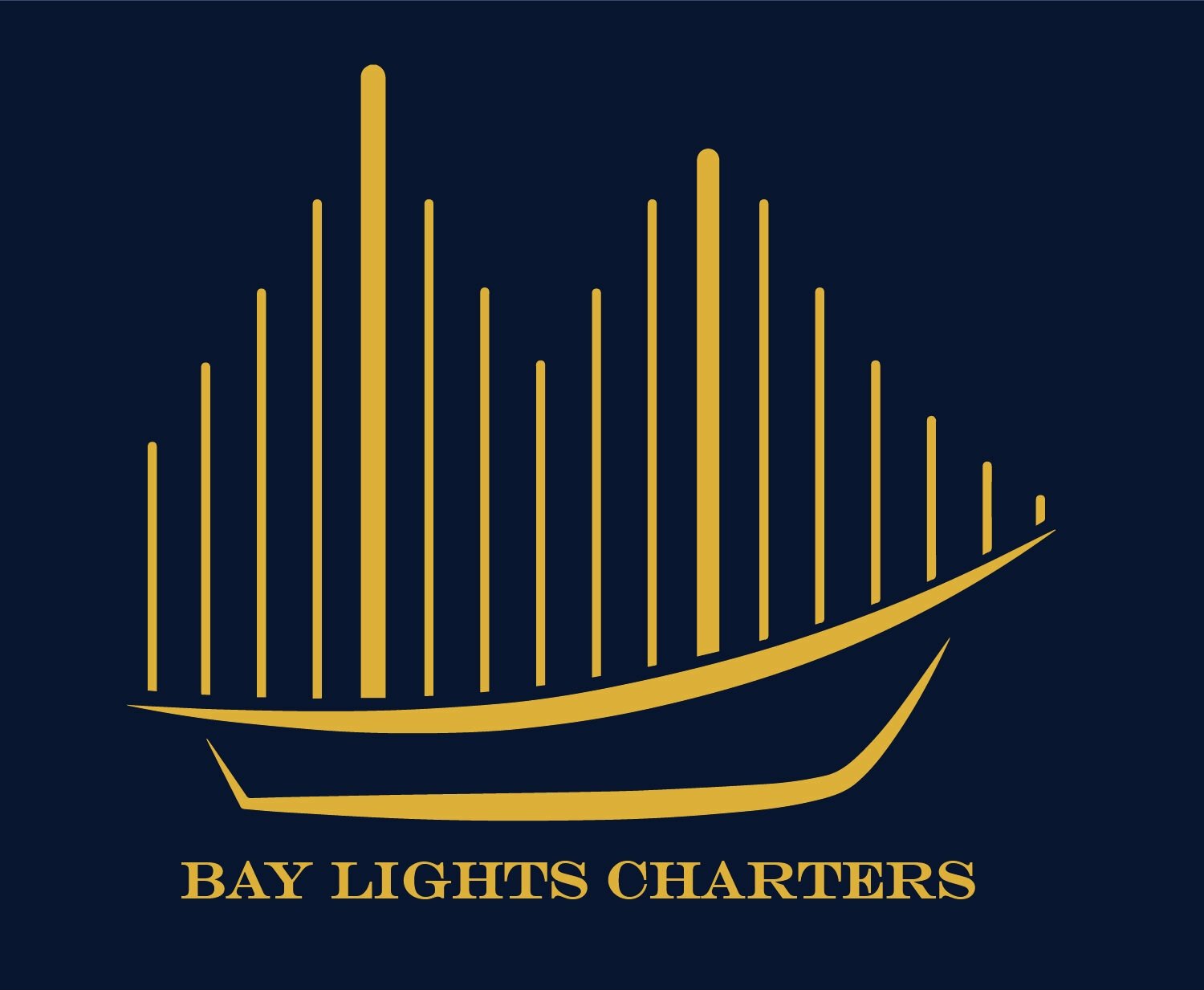Nautical Folklore and the term “Aloof” explained by Captain Steve
Have you ever wondered where the "Aloof" came from? You would be surprised how many everyday phrases have roots in maritime history. Captain Steve explains the origin in nautical folklore and how the terminology is used today.
To be "Aloof".
Most of us in our daily lives are very busy with work, family or friends running here and there all times of the day and evening. It's no surprise then, we consume much mental and physical energy in doing so. Sometimes it's just nice to be "Aloof" or a little distant from the rest of the rushing world.
In the spirit of nautical lore, let us investigate another word that has its origins in our maritime past.
The word Aloof is derived from the Dutch "Loef" meaning towards the direction of the wind. The sailors call this to windward. When sailing ships would travel together in groups or fleets, some boats would naturally sail closer to the wind than others. This being caused by the design of the hull, rudder, masts and sails. Other vessels and ships would be steered by their captains and crew closer to the wind so as to have an advantage over the others in the fleet as they sailed to distant islands, bays, or harbors.
Over several miles of sailing, these boats would diverge courses from the rest of the fleet. In either case, the boats sailing closer to the wind's direction was said by fellow sailors to be "Aloof".
Over the centuries, the word Aloof became synonymous with going the other way in life, or simply wishing to be on their own and apart from the rest.
On Gas Light, our beautiful yacht, we sail a course that takes us to the very best destinations on San Francisco Bay. Whether that course is apart from the other boats on the Bay or not, we show our guests all of the sights in a whole new way!

